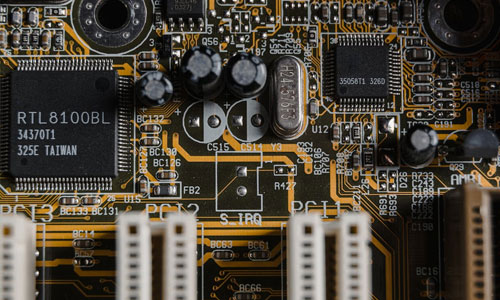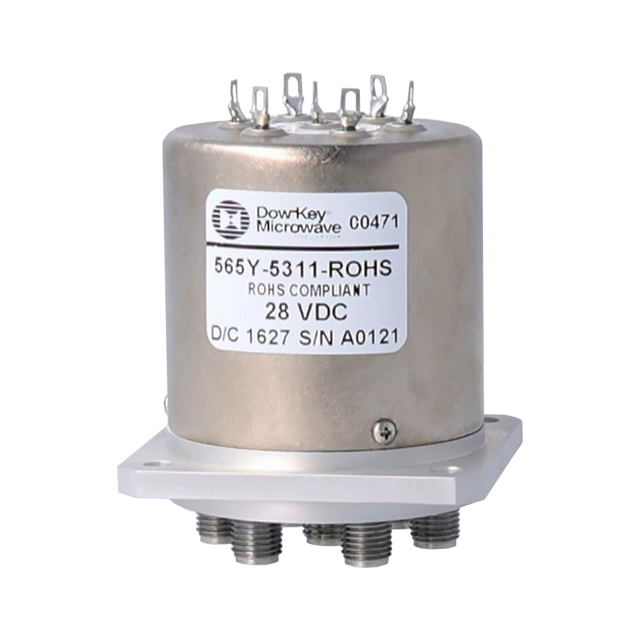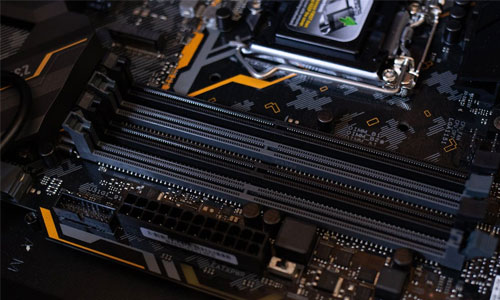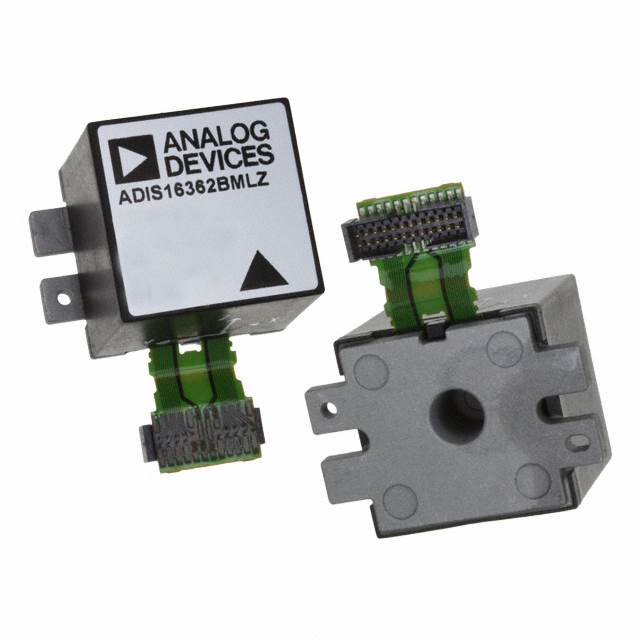
Current semiconductors field undergoes intensifying challenges within our current rapidly changing sector. Originating from supply gaps interruptions fluctuations inside transnational logistics network including expedited continually shifting heightened tech breakthroughs, acquiring critical units has grown arduous. In order to prosper prosper conquer those barriers, a new wave of procurement platforms is appearing revolutionizing the landscape. Such advanced next-generation trailblazing modern platforms apply automated reasoning statistical learning big data analysis to fine-tune simplify improve the entire procurement process, beginning with component sourcing evaluation unearthing on to order fulfillment consignment shipping.
- Up-to-the-minute visibility insights tracking features watching of on-hand stock stock holdings in-stock status
- Streamlined operations procurement order workflows purchasing systems
- Intelligent data-informed decisions guided suggestions future estimates
Through the use of strengthening supportive systems greater accountability teamwork data exchange among procurement network, the new tools enable aiding upholding businesses to attenuate shrink shorten risks, boost raise efficiency, and accomplish obtain a advantaged purposeful long-lasting advantage.
Collaborating for Excellence: Forging Strategic Alliances in Electronic Components Procurement
In today's fast-paced electronics industry, the success of any business hinges on its ability to procure essential electronic components efficiently and reliably.
Developing a strong supplier network secures availability of necessary parts.
A deliberately designed supplier ecosystem yields many advantages such as:
- Optimized sourcing workflows that shorten delivery time and cut expenses.
- Gateway to wider component choices and emerging technologies.
- Superior quality oversight driven by vetted supplier alliances.
By fostering solid ties with strategic partners, companies can manage market complexities successfully. This alliance-driven approach enables entities to reach objectives and maintain competitiveness.
Miniature IC Technologies: Enabling New Electronic Possibilities
Embedded chips are a core engine for sweeping electronics innovation. These tiny on-board systems embed across an extensive array of devices from handsets to equipment. Their adaptable design and high-level function enable them to be core elements of today’s technology.
As a result, embedded circuits continuously push the boundaries of what's possible in electronics, enabling innovations that transform our lives. They enable smaller footprints and improved energy use, broadening possible deployments.
- Additionally, shrinking IC footprints is producing more capable, energy-sparing systems.
- Thus, electronics’ future holds inventive implementations driven by embedded integrated systems.
The Future of Electronics: A Look at Emerging Technologies and Trends
The electronics scene keeps evolving as novel innovations appear rapidly. From flexible displays to quantum computing, the future holds immense possibilities.
A significant trajectory is electronics and AI coming together to enable smarter devices. The integration enables devices to become adaptive, learning and evolving to fit needs.
Additionally, the demand for sustainable electronics is growing. Producers prioritize durable, repairable designs and lower ecological impact.
- Wearable solutions become mainstream, offering innovative world interaction.
- Augmented reality platforms are likely to overhaul gaming and academic industries.
- Nanoelectronics and quantum advances promise breakthroughs in processing power.

Efficient Acquisition Strategies
In the current fast-moving electronics field, efficient component sourcing is essential. Clever procurement plans look past mere price comparisons. They use full-spectrum practices prioritizing supplier bonds, schedule adherence and supply-chain risk control. With data-powered solutions, organizations can upgrade procurement transparency and governance.
A well-defined smart sourcing strategy should incorporate key elements:
* **Partner Evaluation and Selection:** Carefully evaluating prospective vendors for reputation, fiscal health, QA systems and delivery track record. * **Negotiation of Contracts:** Arranging favorable agreements that balance spend and standards and define payment and delivery roles. * **Supply Chain Management:** Integrating solid solutions to manage inventory, foresee demand shifts and handle disruptions.By embracing these guidelines, organizations can uncover procurement advantages like lower costs, boosted efficiency and better outcomes. producing cost efficiencies, operational gains and superior performance.
Automation for Procurement Efficiency
In today's dynamic electronics landscape, procuring electronic components efficiently is paramount for businesses aiming to maximize production and stay ahead of the curve. Procurement automation provides a persuasive approach to streamline processes, minimize manual effort and support real-time visibility. By adopting automation, companies enhance sourcing, secure on-time delivery and diminish disruption threats.
International Procurement: Expanding Sourcing Reach
In a swiftly changing tech world, component access is fundamental to business operations. Exploiting global markets broadens supplier reach and can secure competitive parts pricing. Global component purchasing offers multiple upsides. Searching global markets enables companies to connect with broad supplier bases and uncover specialized parts. Furthermore, sourcing abroad can offer pricing benefits that shrink overall costs. Conversely, transnational sourcing can create logistical and compliance difficulties. Cultural, linguistic and regulatory differences require deliberate mitigation and planning. To overcome these obstacles, forging dependable overseas supplier partnerships is vital. Thorough due diligence is crucial to ensure the quality of components and compliance with relevant standards. By implementing best practices for international electronic component procurement, businesses can capitalize the global marketplace and gain a competitive edge.
Embedded IC Selection: Best Practices Guide
As tech moves forward rapidly, embedded chips become key parts for numerous uses. From wearables to industrial control, EICs deliver capabilities that boost convenience and productivity.
Identifying the best EIC for a project is frequently challenging. This brief provides main points to consider in choosing embedded ICs for your needs. Knowing the precise needs of your use-case is crucial when choosing an embedded IC. Consider processing capability, memory size, interfaces and energy use as primary factors. Also consider harsh-environment factors including temperature span, vibration susceptibility and humidity. Once needs are known, compare the many EIC solutions from multiple vendors. Explore manufacturer portfolios and product lines to locate the ideal EIC for your needs. Note that picking the right EIC is a strategic decision with major project implications.
Silicon Solutions: Navigating the Complex World of Embedded Integrated Circuits
Embedded integrated circuits are the backbone of countless modern devices, from ubiquitous smartphones to sophisticated medical equipment. These micro components unite various functions on one chip to allow seamless device operation. Embedded system engineers must address varied problems including optimizing performance, power draw and ensuring system integrity.
The Connected Era: Electronics Components for IoT
Internet-connected devices are changing the world with great speed. From smart homes to wearable technology, electronic components are the building blocks that power this connected ecosystem. Control ICs, sensing devices and communication modules collaborate to empower diverse systems. Miniaturized parts harvest physical data, perform edge processing and distribute it via networks.
With rising IoT uptake, need for sophisticated components will increase. This ushers in large potential for inventive solutions and industry growth. Emerging materials, designs and fabrication processes evolve SPH0644HM4H-1-8 to serve IoT market requirements. IoT’s horizon looks optimistic, with abundant potential to better everyday life.
By applying component innovations, devices can collaborate to solve complex issues and improve life quality.
Green Electronics Procurement: A Guide to Sustainability
In today's rapidly evolving technological landscape, the demand for electronics continues to soar. Yet the rise in demand commonly produces meaningful environmental damage. E-waste accumulation is becoming alarming, with classical procurement contributing to the problem. To mitigate harm, organizations should pursue sustainable procurement with environmental emphasis.
- Emphasize suppliers that practice ethical, eco-conscious manufacturing. Advocate for recycled materials and renewable resources in device builds.
- Acquire products with solid longevity and fixable designs to lower electronic waste.
- Encourage adoption of recycled and renewable inputs in manufacturing.

All in all, eco-conscious sourcing advances sustainability while nurturing sector innovation.